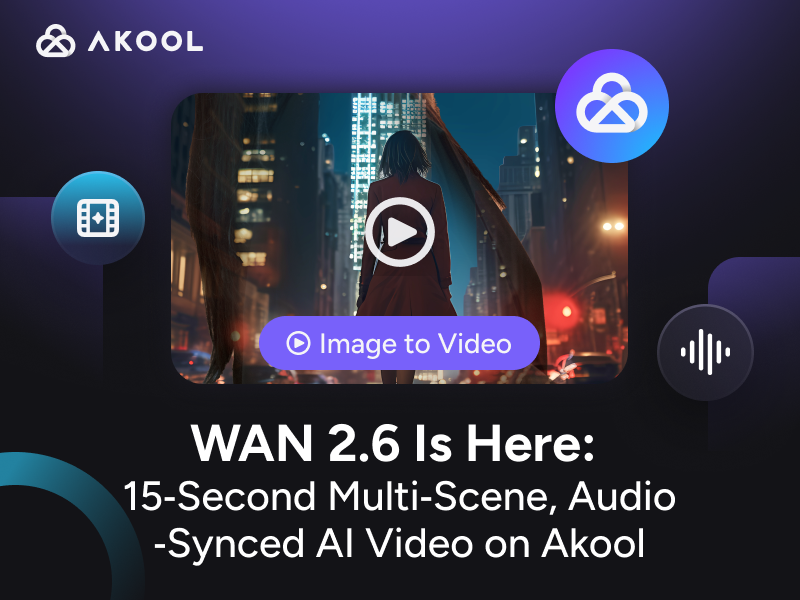Introduction to AI in Benefits Administration
AI in benefits administration refers to the use of artificial intelligence technologies to streamline and optimize the management of employee benefits. By leveraging machine learning algorithms and data analytics, AI can automate tasks such as enrollment, claims processing, and compliance tracking. This enhances accuracy, reduces administrative burden, and improves decision-making. AI tools can offer insights into benefits utilization patterns, allowing organizations to tailor offerings to meet employee needs effectively.
How to Use AI in Benefits Administration
Implementing AI in benefits administration can seem daunting, but breaking it down into manageable steps can simplify the process. Here's how you can effectively incorporate AI into your benefits strategy:
1. Define Objectives
- Identify Goals: Determine what you aim to achieve with AI, such as reducing administrative workload, enhancing employee satisfaction, or optimizing benefits offerings.
- Prioritize Needs: Focus on areas where AI can deliver the most impact, like automating repetitive tasks or providing data-driven insights.
2. Choose the Right AI Tools
- Select Suitable AI Solutions: Consider AI tools tailored for benefits administration, such as chatbots for query handling or predictive analytics for trend forecasting.
- Evaluate Capabilities: Ensure the selected AI systems can integrate with existing HR platforms and handle the required data volume and complexity. Explore AI in Human Resources for tailored solutions.
3. Data Preparation
- Data Collection: Gather and organize employee benefits data from various sources to ensure comprehensive analysis.
- Data Cleansing: Clean and preprocess data to eliminate inaccuracies and ensure high-quality inputs for AI models.
4. Implementation Steps
- Pilot Testing: Start with a pilot program to assess the effectiveness of AI solutions in a controlled environment.
- Training and Support: Provide training for HR staff to effectively use AI tools and offer continuous support to address any issues. Consider using Training Videos for Employees for effective employee education.
5. Monitor and Optimize
- Performance Monitoring: Regularly assess the performance of AI systems to ensure they are meeting objectives.
- Iterative Improvement: Use feedback and performance data to refine AI models and processes, ensuring continuous improvement.
Useful Formulas and Metrics
- ROI Calculation: Evaluate the return on investment by comparing cost savings and efficiency gains from AI implementation.
- Employee Satisfaction Scores: Use surveys and feedback to gauge improvements in employee experience due to AI-enhanced benefits administration.
By following these steps, creative agencies and creators can leverage AI to streamline benefits administration, improving efficiency and enhancing the employee experience.
Applications of AI in Benefits Administration
AI is transforming benefits administration by streamlining processes and enhancing decision-making. Here are some key applications:
- Automated Enrollment: AI systems can guide employees through benefits enrollment, offering personalized recommendations based on individual needs.
- Predictive Analytics: AI analyzes historical data to forecast future trends, helping companies optimize their benefits offerings. Explore Predictive HR Analytics for more insights.
- Chatbots and Virtual Assistants: These tools provide 24/7 support, answering employee queries about benefits options and claims. Learn about the benefits of AI chatbots.
- Fraud Detection: AI algorithms identify anomalies in claims data, reducing the risk of fraudulent activities.
- Data Integration: AI seamlessly integrates data from various sources, providing a comprehensive view of benefits utilization.
These applications not only improve efficiency but also enhance the overall employee experience.
Technical Insights on AI in Benefits Administration
Machine Learning Algorithms
AI in benefits administration employs sophisticated machine learning algorithms to automate complex tasks. These algorithms analyze vast amounts of data to identify patterns, enabling accurate predictions and personalized employee experiences.
Data Analytics
Advanced data analytics play a crucial role in AI applications. By processing historical and real-time data, AI tools provide actionable insights into benefits utilization, helping organizations make data-driven decisions to optimize their offerings.
Natural Language Processing (NLP)
NLP is used to enhance communication between employees and AI systems. It allows chatbots and virtual assistants to understand and respond to employee inquiries in natural language, improving accessibility and user experience.
Robotic Process Automation (RPA)
RPA automates repetitive tasks such as claims processing and compliance tracking. By reducing manual intervention, RPA increases efficiency and minimizes errors, ensuring timely and accurate administration of benefits.
Integration with Existing Systems
AI seamlessly integrates with existing HR and benefits platforms, consolidating data from multiple sources. This integration provides a holistic view of benefits utilization and streamlines administrative processes, enhancing overall system efficiency. Consider exploring HR AI Tools for seamless integration.
Statistics on AI in Benefits Administration
| Statistic | Explanation |
|---|---|
| AI Adoption Rate: 35% of organizations have incorporated AI into their benefits administration processes. | This highlights the growing reliance on AI technologies to streamline administrative tasks, reduce human error, and improve the overall employee experience. |
| Efficiency Improvement: AI implementation can lead to a 20% reduction in processing time for benefits-related queries and claims. | This reduction in processing time translates directly into cost savings and improved service delivery. |
| Employee Satisfaction: Companies using AI report a 25% increase in employee satisfaction regarding benefits information and accessibility. | Enhanced employee satisfaction often correlates with higher retention rates and a more engaged workforce. |
| Cost Savings: Organizations can save up to 30% on administrative costs by utilizing AI solutions for benefits management. | Cost savings are significant in reducing overhead expenses related to manual data entry and error correction. |
These statistics illustrate the powerful impact AI is having on the field of benefits administration, offering tangible improvements in efficiency, cost management, and employee satisfaction. For creators, developers, and creative agencies, understanding these trends can inform the development of AI-driven solutions tailored to enhance administrative processes and outcomes.
AI in Benefits Administration: Frequently Asked Questions
What is AI in benefits administration?
AI in benefits administration refers to the use of artificial intelligence technologies to streamline and enhance the management of employee benefits. This includes automating processes, improving decision-making, and providing personalized employee experiences.
How can AI improve employee benefits management?
AI can improve employee benefits management by automating routine tasks, such as data entry and claims processing, which reduces errors and saves time. It can also analyze data to provide insights into employee needs, helping employers tailor benefits packages more effectively.
What are the key benefits of using AI for benefits administration?
The key benefits of using AI for benefits administration include increased efficiency, cost savings, improved accuracy, enhanced employee satisfaction, and the ability to provide personalized benefits recommendations.
How does AI enhance the employee experience in benefits administration?
AI enhances the employee experience by providing personalized benefits recommendations, offering 24/7 access to information through chatbots, and simplifying the enrollment process. This leads to higher employee engagement and satisfaction.
Can AI help with compliance in benefits administration?
Yes, AI can help with compliance by ensuring that benefits administration processes adhere to the latest regulations. It can automatically update systems with new compliance rules, reducing the risk of human error and potential legal issues.
Is AI in benefits administration secure?
AI in benefits administration is designed with security in mind, using advanced encryption and data protection measures to safeguard sensitive information. It's important to choose a reputable AI provider that prioritizes data security and privacy.
What is the role of machine learning in benefits administration?
Machine learning in benefits administration involves analyzing large datasets to identify patterns and trends. This helps in predicting employee needs, optimizing benefits plans, and improving overall decision-making processes.
How can AI-driven analytics benefit HR departments?
AI-driven analytics can benefit HR departments by providing actionable insights into workforce trends, benefits utilization, and employee satisfaction. This information helps HR professionals make informed decisions and tailor benefits strategies to meet organizational goals. For more on AI in HR, explore AI for HR.




